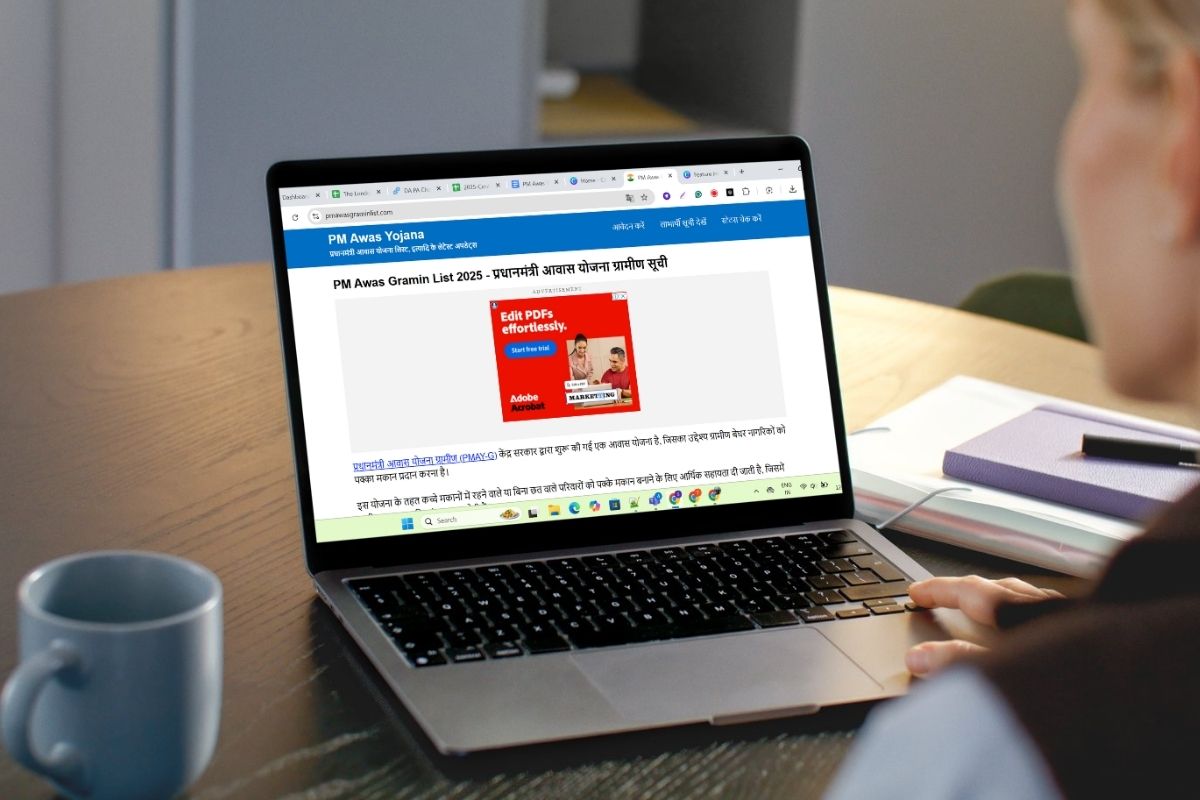


In the heart of rural India, there’s a simple but powerful dream that dances on many lips: “Someday, I’ll have a home I can truly call my own.” A sturdy house—no more leaky roofs, no more walls that crumble under monsoon deluges, just a safe, dry haven where families can laugh, live, and plan for the future. Thanks to a government initiative named PM Awas Yojana Gramin, that dream is inching ever closer to reality.
When you strip it down, PMAY-G is delightfully straightforward: find rural families who lack proper homes, hand them a helping hand in the form of financial aid, and watch villages transform into strongholds of security. Imagine every household standing firm against wind and rain—that’s the broader vision. But let’s peel back the layers and see exactly what this scheme is, who it targets, and why it’s reshaping the rural landscape in India.
Table of Contents
ToggleInitiated in 2016, PMAY-G superseded the old Indira Awas Yojana, zeroing in on the poorest of the poor in our villages. Rather than flimsy huts or uneven mud walls, the aim is to give families pucca homes—solid, permanent structures complete with four walls, a roof you can trust, and the comforts of modern living like electricity, toilets, and clean cooking spaces. But it’s more than bricks and mortar; it’s about elevating lives, giving communities the dignity and stability that come from having a proper roof overhead.
You might think everyone outside of town would automatically qualify, but that’s not the case. The focus is laser-sharp:
Local Gram Panchayats undertake field verification, document checks, and cross-referencing with SECC data. It’s a bit of paperwork—and yes, that can be a headache—but it’s crucial to ensure the aid lands in the right hands.
Numbers make things real. In the plains, the government chips in ₹1.20 lakh per home; in hilly or challenging terrain, you get ₹1.30 lakh. But wait—there’s more. To avoid leaving families high and dry, the scheme dovetails with Swachh Bharat Mission for toilet construction and MGNREGA for wage support. In effect, families gain both shelter and livelihood pathways so they can actually build—rather than borrow—their way to a dream house.
Here’s a quick reality check: cash handed over in a bundle often disappears into thin air. To prevent any funny business, PMAY-G uses Direct Benefit Transfer (DBT)—money zips straight into bank accounts in three (sometimes four) installments. Before each disbursement, local officials swing by to inspect ongoing work. No chimney, no cheque. This keeps corruption at bay and ensures foundations—and walls—actually go up.
Don’t expect cookie-cutter apartments. PMAY-G mandates a minimum 25 sq m footprint (cooking area included), but beyond that, there’s freedom. In West Bengal you might see mud bricks and bamboo, while in Maharashtra folks lean on concrete and cement. This blend of tradition and modernity means houses respect local climate, culture, and craftsmanship. Plus, families get to stamp a bit of their own identity onto the design—a small but important psychological boost.
Since its 2016 debut, PMAY-G has helped over 3 crore rural families erect sturdy homes. States like Uttar Pradesh, Bihar, Madhya Pradesh, West Bengal and Odisha have led the charge, showcasing thousands—if not lakhs—of newly minted houses. Villages look spruced up; local masons, carpenters, electricians and laborers have more work. It’s like a ripple effect—homes lead to jobs, jobs lead to paychecks, paychecks lead to better local markets.
Speak to beneficiaries and you’ll hear the same refrain: it’s life-changing. “Our old mud hut shook with every gust of wind,” one grandmother in Odisha told me, “now I sleep through the storm.” A young mother in Bihar said, “My kids finally have a clean corner to study—no more dirt floors or rain dripping on their heads.” Simple comforts—warmth in winter, dryness in monsoon, a safe corner to call home—these are the unsung victories that add up to huge leaps in pride and peace of mind.
Most names are auto-picked from SECC lists—saves folks the headache of forms. But if you think you’ve slipped through the cracks, marching down to the Gram Panchayat and showing your papers can work wonders. Once you’re on the radar:
It’s meant to be transparent and fair. No backdoor shortcuts, no secret handshakes—just clear steps to your own home sweet home.
PM Awas Yojana Gramin isn’t just another government program; it’s a lifeline that cements hope—literally and figuratively—underneath millions of rural families. A proper house is more than a structure: it’s dignity, security, and a springboard for health, education, and livelihood improvements. Sure, there are gaps—delays, occasional mismatches in beneficiary lists—but on balance, the impact is undeniable. For those of us lucky enough to take solid walls and leak-proof roofs for granted, it’s easy to overlook how monumental this is for villagers across India.
Ultimately, building a home is about laying down roots. PMAY-G is helping countless families do just that. And when they finally step across their new thresholds, you can bet the feeling is something they’ll never forget.

